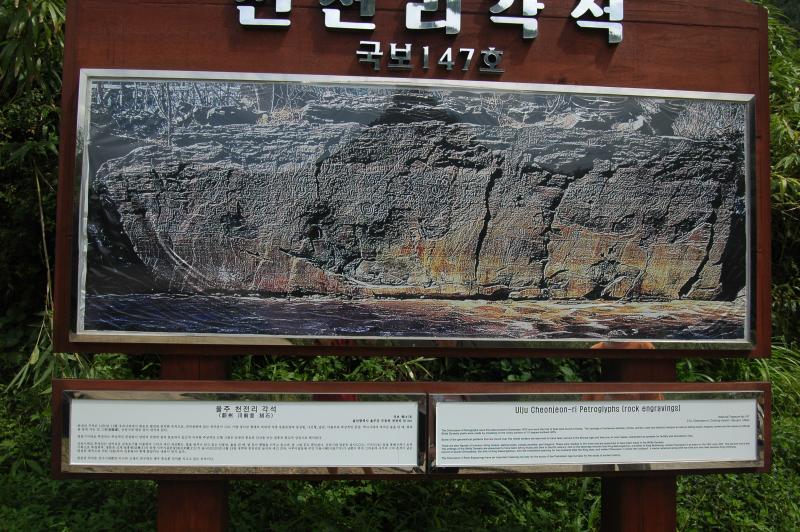
Author's note: A big thanks to Sherwin over at gyeongjublog.com for serving as our tour guide!
I know what you're thinking. Petroglyphs, Chris? Yep - proof that Koreans have been around this neck of the woods since the Bronze Age. That some additional carvings are surmised to be 1500 years old are an additional source of history. With that said, this is a pretty difficult site to reach, and there's not much else to see or do once here.
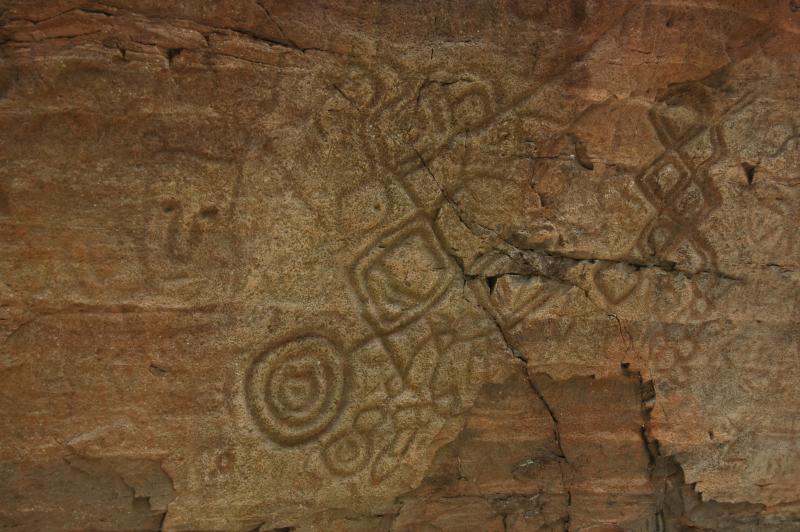
Discovered in December of 1970, these petroglyphs were the first to be discovered in Korea. Their meanings are probably symbols for fertility or abundance rites - but then, they didn't exactly leave a Rosetta Stone behind.
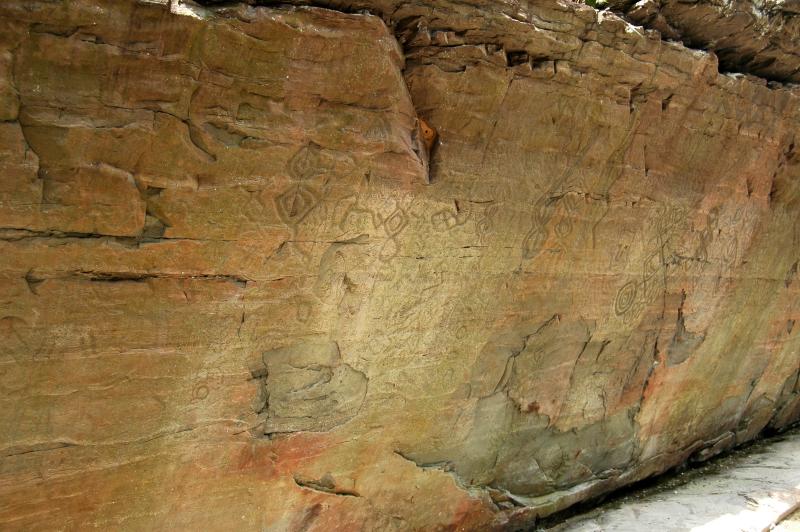
Carved in shale, a number of markings overlap and are right next to each other. While some are abstract shapes of various kinds as seen above, others are faces, tigers, and other animals.
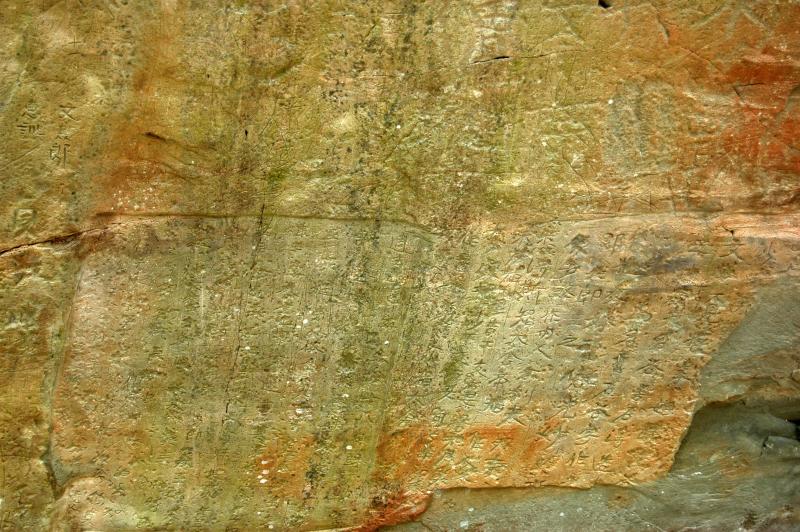
At dawn on June 18, 525 A.D., it is believed that King Sabuzigalmun of the Silla dynasty arrived here. While no translation is seen anywhere, the writings were presumably left by Eulsa and Gimi of the Silla dynasty.
Some more writings from the Silla dynasty (6th century A.D.) - again, no translation of the writing available on-site or with the brochure. One nice point: there's very little getting in the way of your viewing pleasure.
It's an interesting look into an ancient site; if interested in getting even more ancient, a number of dinosaur tracks are around the same area:
Ulsan Cultural Property #6, and one of about 200 dinosaur prints spread out over a 1,750 square meter rock. Unfortunately, they're a little hard to see without some assistance from rain, which would otherwise fill the tracks and make them somewhat easy to see.
Ratings (out of 5 taeguks):
Ease to arrive:
Foreigner-friendly:
Convenience facilities:
Worth the visit:
Directions to the Petroglyphs in Cheonjeon: take a train to Ulsan (from Seoul Station, you can reach Ulsan via a transfer at Dongdaegu or Bujeon. Trains come every hour or so.) From Ulsan's train station, take Ulsan bus 1703 (every 15 minutes) to the Eonyang Bus Terminal. Another way to get from Eonyang Bus Terminal is from Busan's Nopo-dong Bus Terminal - 20 buses a day make the 40 minute trip for 3,200 won. Once you're at Eonyang Bus Terminal, take local bus 308, 308-1, 313, 313-1, 318, 318-1 or 318-2 to the petroglyphs.
This post was originally published on my blog,Chris in South Korea. If you are reading this on another website and there is no linkback or credit given, you are reading an UNAUTHORIZED FEED.


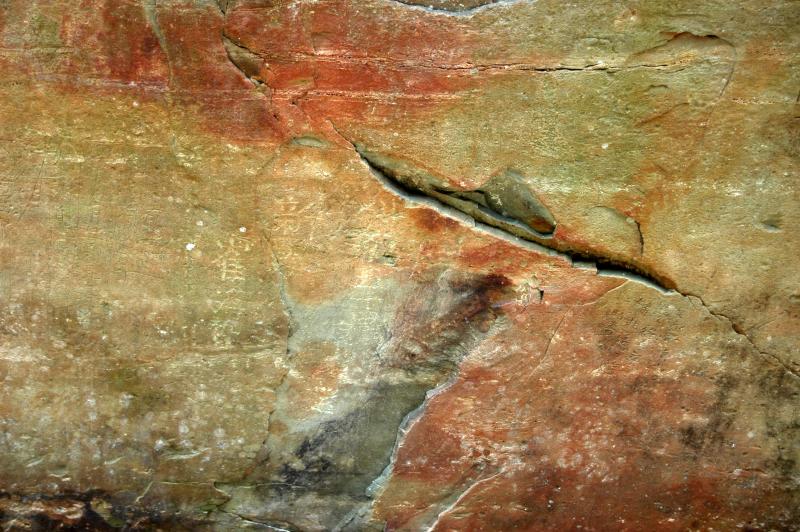







 RSS Feed
RSS Feed
Recent comments